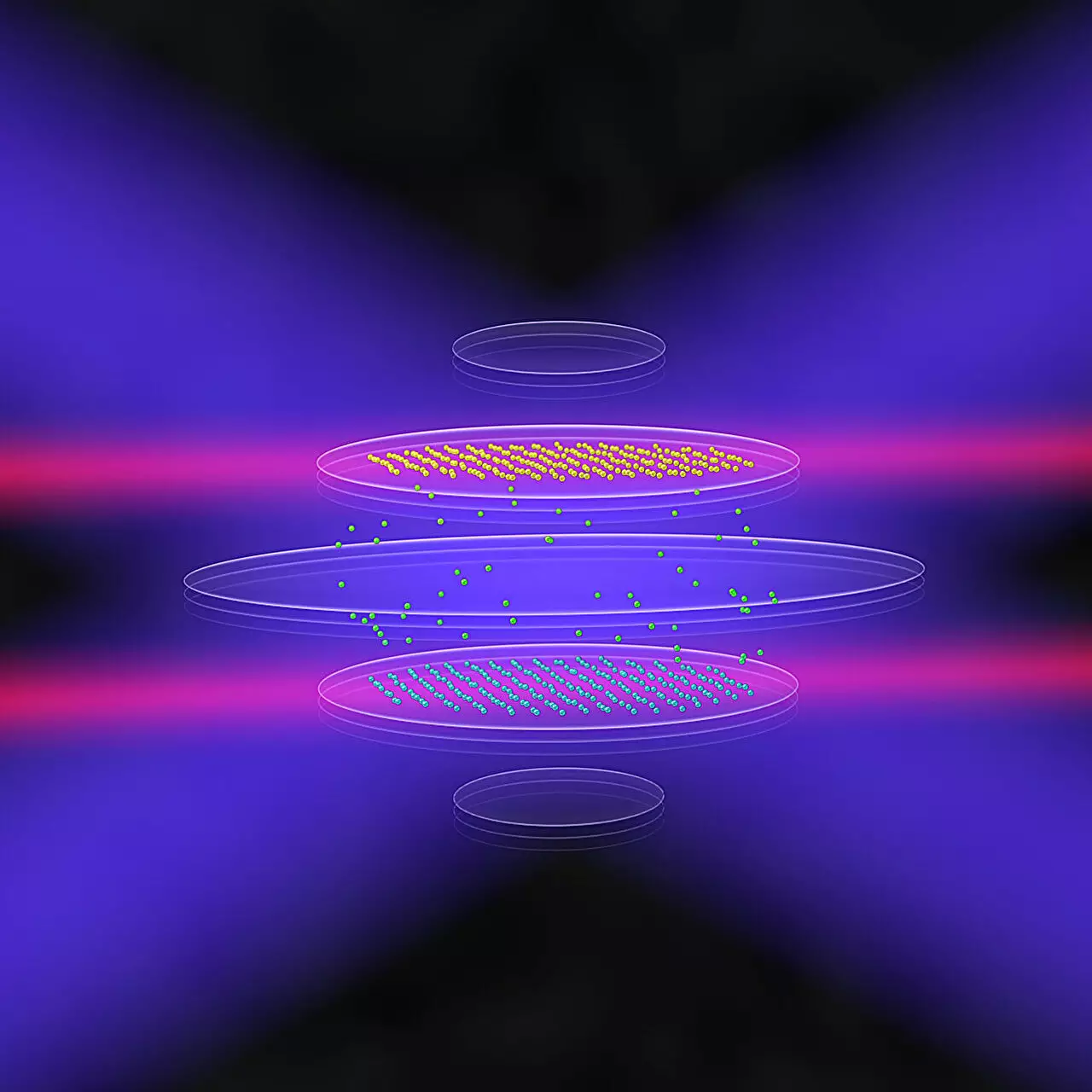The realm of quantum technology is rapidly evolving, driven by groundbreaking innovations in various physical platforms. Among these, trapped ion systems have garnered significant attention due to their adaptability and precision in quantum information processing. These systems utilize ions—charged atoms—held in place by electric and magnetic fields to manipulate and process quantum information, resulting in substantial advancements in quantum computing and sensing technologies. A predominant hurdle faced by trapped ion systems has been the constraint of operating within limited one-dimensional chains or two-dimensional planes, which significantly limits their scalability and functional capabilities.
Researchers have long aspired to create three-dimensional structures of trapped ions to enhance the versatility of quantum devices, but achieving stability and control in such configurations has proven to be a formidable challenge. Recent collaborative efforts among physicists from India, Austria, and the United States, including renowned institutions such as JILA and NIST, have led to a promising new approach in this field, paving the way for robust and complex multilayered structures from ions.
A pivotal study published in *Physical Review X* introduces a novel methodology for achieving stable three-dimensional ion arrangements. The focus of this research revolves around adjusting the electric fields used to trap the ions to foster stable configurations that allow for multilayer stacking. According to Ana Maria Rey, a distinguished NIST Fellow involved in the study, this capability significantly broadens the scope for exploring new phenomena that are not accessible within conventional two-dimensional structures.
The exchange of knowledge and expertise among these international partners has been vital in this endeavor. Researchers from the Indian Institute of Science, led by Samarth Hawaldar, aimed to innovate beyond the known formations of ion crystals and directed their efforts to create a bilayer structure—an arrangement of two ion layers stacked atop one another. Utilizing a Penning trap, which excels at accommodating vast quantities of ions, the team developed a strategy to modify electric fields in a tailored manner that could coax ions into more complex formations.
The success of this new approach relies significantly on the workings of the Penning trap, which employs a combination of electromagnetic forces to contain ions securely. The unique interplay between repulsive Coulomb interactions and the trap’s confinement potential generates a competitive dynamic that encourages ions to self-assemble into ordered crystalline structures. Historically, these systems have primarily yielded simpler configurations due to the nature of the linear confinement fields involved.
In a breakthrough attempt, the researchers manipulated the electric fields to be less uniform and more sensitive to spatial variations. Such nuanced adjustments allowed them to stabilize configurations that result in bilayer assemblies—offering the potential to further explore stacked-like multiple layers in the future. This advancement promises to enrich the functional capabilities of quantum devices and broaden the operational dimensions of these sophisticated systems.
The transition from a two-dimensional to a three-dimensional ion trapping environment heralds a new phase in quantum technology by enabling capabilities previously unattainable. Explorations into bilayer ion configurations can lead to novel quantum entanglement between subsystems that are spatially separated, a fundamental aspect sought after in quantum hardware development. Dr. Athreya Shankar, a postdoctoral researcher involved in the study, highlighted the promise that these bilayer structures hold, especially for expanding the capabilities of quantum information processing.
Furthermore, the increased ion numbers in such configurations stand to enhance measurement precision, an advantageous aspect for future advancements in quantum computing and sensor technologies. The ability to finely control ion behaviors not only enhances the fidelity of information processing but may also yield insights into time measurement, electric fields, and accelerations, which are crucial for advancing our understanding of fundamental physics.
The collaborative effort between physicists across borders fosters a conducive environment for innovation in the burgeoning field of quantum technology. This new methodology arising from joint research endeavors holds immense promise not just for theoretical explorations but for practical implementations in quantum hardware architectures. By effectively utilizing three-dimensional spaces, researchers can design quantum technologies that are robust, efficient, and scalable.
The findings resonate deeply with the ongoing pursuit of unearthing novel quantum phenomena and refining technological applications that stem from them. In examining these diverse possibilities—ranging from advanced quantum sensors to computing systems—this research underscores the foundational aspects critical to the evolution and maturation of quantum technology as we transit into an era defined by unprecedented capabilities and insights. The future of quantum technology remains bright, fueled by shared knowledge and innovations that build upon established understanding while daring to explore uncharted territories within quantum mechanics.

